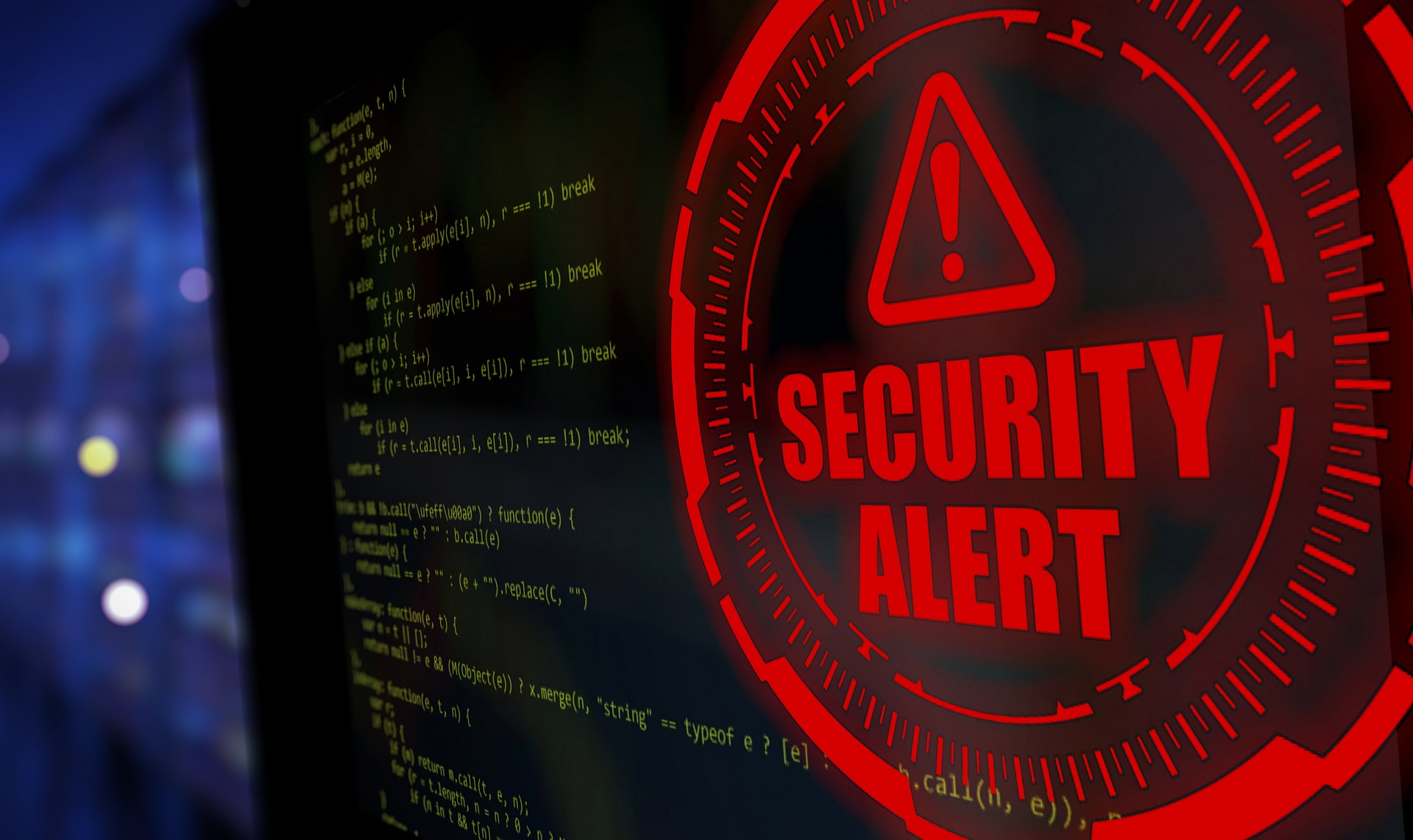In an era where cyber threats loom large, the importance of understanding “What is security awareness training?” cannot be overstated. For business leaders, IT professionals, and employees alike, this training is a vital tool in the fight against cybercrime. By equipping individuals with the knowledge and skills to identify and mitigate potential threats, organizations can protect their sensitive data and maintain the trust of their stakeholders. This article will guide you through the fundamentals of security awareness training, highlighting its role in enhancing organizational security, ensuring regulatory compliance, and fostering a proactive cybersecurity culture.
What is Security Awareness Training?
Security awareness training is an educational program designed to equip employees and stakeholders with the knowledge and skills necessary to identify, prevent, and respond to cyber threats. It encompasses a wide range of topics, including recognizing phishing scams, understanding malware, practicing safe internet habits, and adhering to organizational security policies. By fostering a culture of vigilance and proactive defense, security awareness training, as a key aspect of risk management, transforms employees from potential vulnerabilities into empowered defenders of the organization’s digital assets. This training not only mitigates the risk of costly breaches but also ensures compliance with regulatory standards, ultimately safeguarding the organization’s reputation and maintaining customer trust in an increasingly complex threat landscape.
Why is Security Awareness Training Important?
Mitigating Human Error
Human error remains one of the most significant vulnerabilities in any organization’s cybersecurity defenses. Security awareness training is crucial because it educates employees on how to recognize and avoid common threats such as phishing emails, social engineering tactics, and other deceptive practices. By empowering individuals with the knowledge to make informed decisions, organizations can significantly reduce the likelihood of breaches caused by inadvertent mistakes, thereby strengthening their overall security posture.
Ensuring Regulatory Compliance
In today’s regulatory environment, compliance with cybersecurity standards is not optional—it’s a necessity. Security awareness training helps organizations meet the requirements set forth by frameworks such as GDPR, HIPAA, and PCI DSS. By ensuring that employees are well-versed in these regulations and understand their role in maintaining compliance, organizations can avoid costly fines and legal repercussions. This training is an essential component of a comprehensive compliance strategy, demonstrating a commitment to protecting sensitive data and upholding industry standards.
Protecting Organizational Reputation
A single security breach can have devastating effects on an organization’s reputation, eroding customer trust and damaging brand credibility. Security awareness training plays a vital role in safeguarding an organization’s reputation by preventing breaches before they occur. By fostering a culture of cybersecurity awareness, organizations demonstrate their dedication to protecting customer data privacy and maintaining the highest standards of security. This proactive approach not only enhances trust but also positions the organization as a leader in cybersecurity best practices.
Adapting to an Evolving Threat Landscape
The cyber threat landscape is constantly evolving, with new threats emerging at an unprecedented pace. Security awareness training is essential for keeping employees informed about the latest threats and best practices for mitigating them. By regularly updating training programs to reflect current trends and vulnerabilities, organizations can ensure that their workforce remains vigilant and prepared to tackle any challenges that arise. This adaptability, along with strong information security and data protection measures, is key to maintaining a robust defense against ever-changing cyber threats.
What are the Common Cybersecurity Threats Addressed by Training?
- Phishing Attacks: Training helps employees recognize deceptive emails and messages that attempt to trick them into revealing sensitive information or clicking on malicious links, thereby preventing unauthorized access to organizational data.
- Malware and Ransomware: Participants learn how to identify and avoid downloading malicious software that can compromise systems, steal data, or lock files until a ransom is paid, safeguarding the organization from potentially devastating attacks.
- Social Engineering: Training addresses tactics used by cybercriminals to manipulate individuals into divulging confidential information, emphasizing the importance of verifying identities and maintaining a healthy skepticism in digital interactions.
- Password Security: Employees are educated on the importance of creating strong, unique passwords and using multi-factor authentication to protect accounts from unauthorized access, reducing the risk of breaches due to weak or reused passwords.
- Insider Threats: Training raises awareness about the potential risks posed by disgruntled or negligent employees, teaching strategies to detect and prevent unauthorized data access or misuse, thereby protecting the organization from internal vulnerabilities.
Who Needs Security Awareness Training?
Security awareness training is essential for everyone within an organization, from top executives to entry-level employees, as each individual plays a critical role in maintaining the organization’s cybersecurity posture. Business owners and executives need this training to understand the strategic importance of cybersecurity and to lead by example in fostering a culture of security. IT and cybersecurity professionals benefit by aligning their technical expertise with broader organizational goals, ensuring that security measures are effectively communicated and implemented. Human resources and compliance officers require training to streamline processes and ensure adherence to regulatory standards. Additionally, employees across all departments must be equipped to recognize and respond to threats, as they are often the first line of defense against cyber attacks. By ensuring that everyone is informed and vigilant, organizations can create a unified front against the ever-evolving landscape of cyber threats.
What are the Consequences of Skipping Security Awareness Training?
- Increased Risk of Data Breaches: Without proper training, employees are more likely to fall victim to phishing scams and other cyber attacks, leading to unauthorized access to sensitive data and potentially costly breaches.
- Regulatory Non-Compliance: Skipping security awareness training can result in failing to meet industry and legal standards such as GDPR, HIPAA, and PCI DSS, exposing the organization to fines and legal liabilities.
- Damage to Reputation: A security incident resulting from a lack of awareness can severely damage an organization’s reputation, eroding customer trust and potentially leading to loss of business and competitive disadvantage.
- Financial Losses: The financial impact of a cyber attack can be substantial, including costs associated with incident response, legal fees, regulatory fines, and the potential loss of revenue due to reputational damage.
- Increased Vulnerability to Evolving Threats: Without ongoing training, employees may not be aware of the latest cyber threats and best practices, leaving the organization vulnerable to new and sophisticated attack methods.
Conclusion
In conclusion, security awareness training is an indispensable component of any organization’s cybersecurity strategy, serving as a powerful tool to mitigate risks, ensure compliance, enhance information security, and protect valuable assets. By investing in comprehensive training programs, organizations empower their employees to become vigilant defenders against cyber threats, transforming potential vulnerabilities into strengths. This proactive approach not only safeguards sensitive data and maintains customer trust but also positions the organization to adapt swiftly to the ever-evolving threat landscape. As cyber threats continue to grow in complexity, prioritizing security awareness training is not just a prudent decision—it’s a strategic imperative that fortifies the organization’s future in the digital age.
Final Thoughts
How prepared is your organization to tackle the latest cyber challenges? At Buzz Cybersecurity, we offer exceptional, customized solutions designed to protect your business from the threats of today and tomorrow. Our all-encompassing strategies include managed IT services, state-of-the-art cloud solutions, and comprehensive ransomware protection. With our dedicated team, your digital assets will remain secure, ensuring your business remains resilient and agile in the face of an ever-evolving cybersecurity landscape.
Sources
- https://en.wikipedia.org/wiki/Internet_Security_Awareness_Training
- https://seismic.com/enablement-explainers/the-importance-of-training/
- https://cybermagazine.com/articles/the-rapidly-evolving-threat-landscape-of-2024
Image Generated by Buzz Cybersecurity










